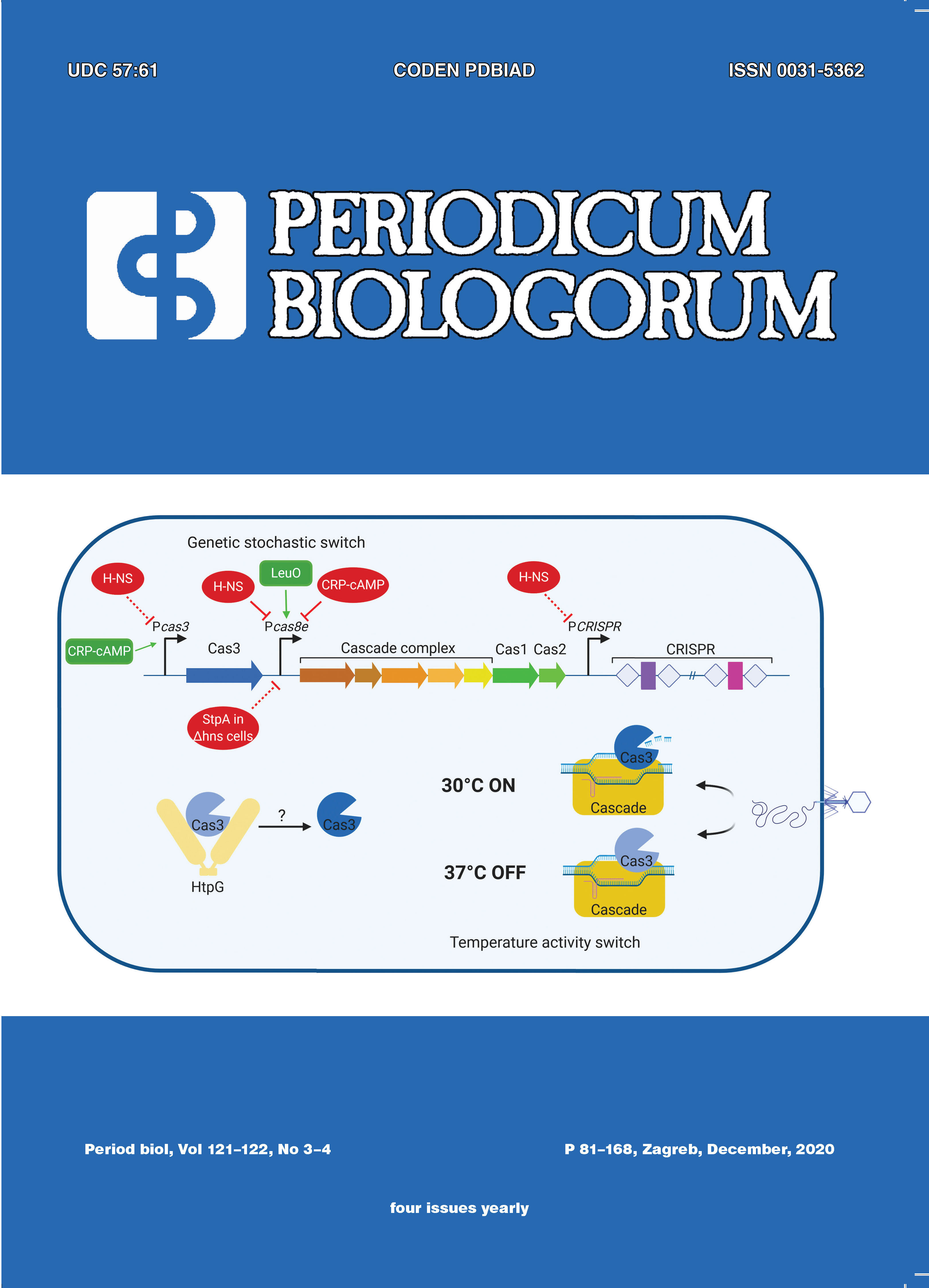Use of bacterial Rho helicase to gain new insights into the targeting mechanism of nuclear RNAs by the exosome-associated exoribonuclease Rrp6 and its cofactors in yeast
DOI:
https://doi.org/10.18054./pb.v121-122i3-4.10818Abstract
In eukaryotic cells, aberrant mRNPs with processing and packaging defects are targeted co-transcriptionally by a surveillance system that triggers their nuclear retention and ultimately the degradation of their mRNA component by the 3’-5’ activity of the exosome-associated exoribonuclease Rrp6 along with its associated factors Rrp47 and Mpp6. This mRNP quality control process is stimulated by the NNS complex (Nrd1-Nab3-Sen1), which otherwise mediates termination, processing and decay of ncRNAs and the process involves additionally the exosome co-activator TRAMP complex (Trf4-Air2-Mtr4). Here, we describe a genome-wide approach to visualize the dynamic recruitment of these quality control components over the yeast chromosomes upon global perturbation of mRNP biogenesis by the RNA-dependent helicase/translocase activity of the bacterial Rho factor.
The method provides valuable information on how the surveillance system coordinates with the transcription machinery in order to detect faulty events during perturbation of mRNP biogenesis. In addition, our overview shows that the assembly of the quality control components for the affected mRNA genes takes place at the expense of their commitment to be recruited to ncRNAs genomic features, which in turn leads to termination and processing defects of ncRNAs.
Downloads
Published
Issue
Section
License
The contents of PERIODICUM BIOLOGORUM may be reproduced without permission provided that credit is given to the journal. It is the author’s responsibility to obtain permission to reproduce illustrations, tables, etc. from other publications.


